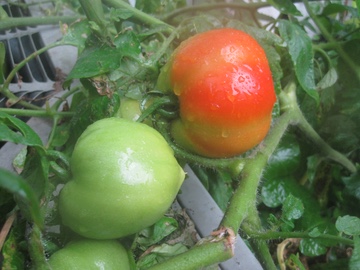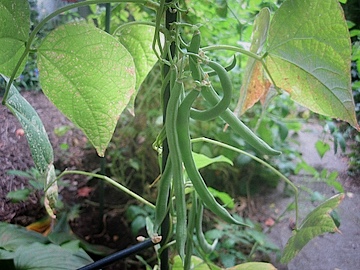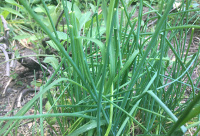
The Basic Families

Let's show some appreciation to the basic fruit and vegetable families and call them by their proper botanical names.
The nightshades, known as Solanaceae, generously provide us with beloved classics like tomatoes, potatoes, peppers, eggplants, as well as tobacco.
Tomatoes are still fruits, more specifically berries, but it's okay to label them as vegetables.
The legume family, the Fabaceae, yields beans, peas, lentils, soybeans, and peanuts.
The Cucurbitaceae, also called gourds, encompass cucumbers, squashes, melons, pumpkins, and loofahs.
Cabbages, cauliflower, broccoli, mustard, kale, turnips, and Brussels sprouts belong to the Cruciferae or Brassicaceae family.
The Gramineae deserve credit for the production of grains such as corn, rice, wheat, oats, millet, and rye.
Delicious fruits like apples, pears, cherries, strawberries, raspberries, and plums are produced by the rose family, the Rosaceae.
Carrots, parsnips, fennel, and celery are all part of the Umbelliferae family, along with herbs like dill, parsley, and cumin.
I haven't overlooked the humble onions, garlic, asparagus, and leeks. Those belong to the lily family, the Liliaceae.

Different Fruits

Pomes are fruits whose fleshy bodies surround cores containing multiple seeds. Apples, pears, and quinces are pomes.
Drupes are stone fruits like peaches, plums, apricots, cherries, nectarines and mirabelles.
Nuts are dry single seeded fruits encased in a hard woody shell. Chestnuts, hazelnuts, walnuts and pecans are true nuts, while peanuts are legumes and almonds are stone fruits.
True berries, like bananas, grapes, and kiwi, are simple fruits with seeds in their pulp, and according to this definition strawberries, raspberries, and blackberries are not berries, they are aggregate fruits.
Finally, unlike aggregate fruits, which hold multiple seeds produced by a single flower, multiple fruits are formed by many flowers bundled together, as is the case for pineapples, mulberries, breadfruit and figs.
